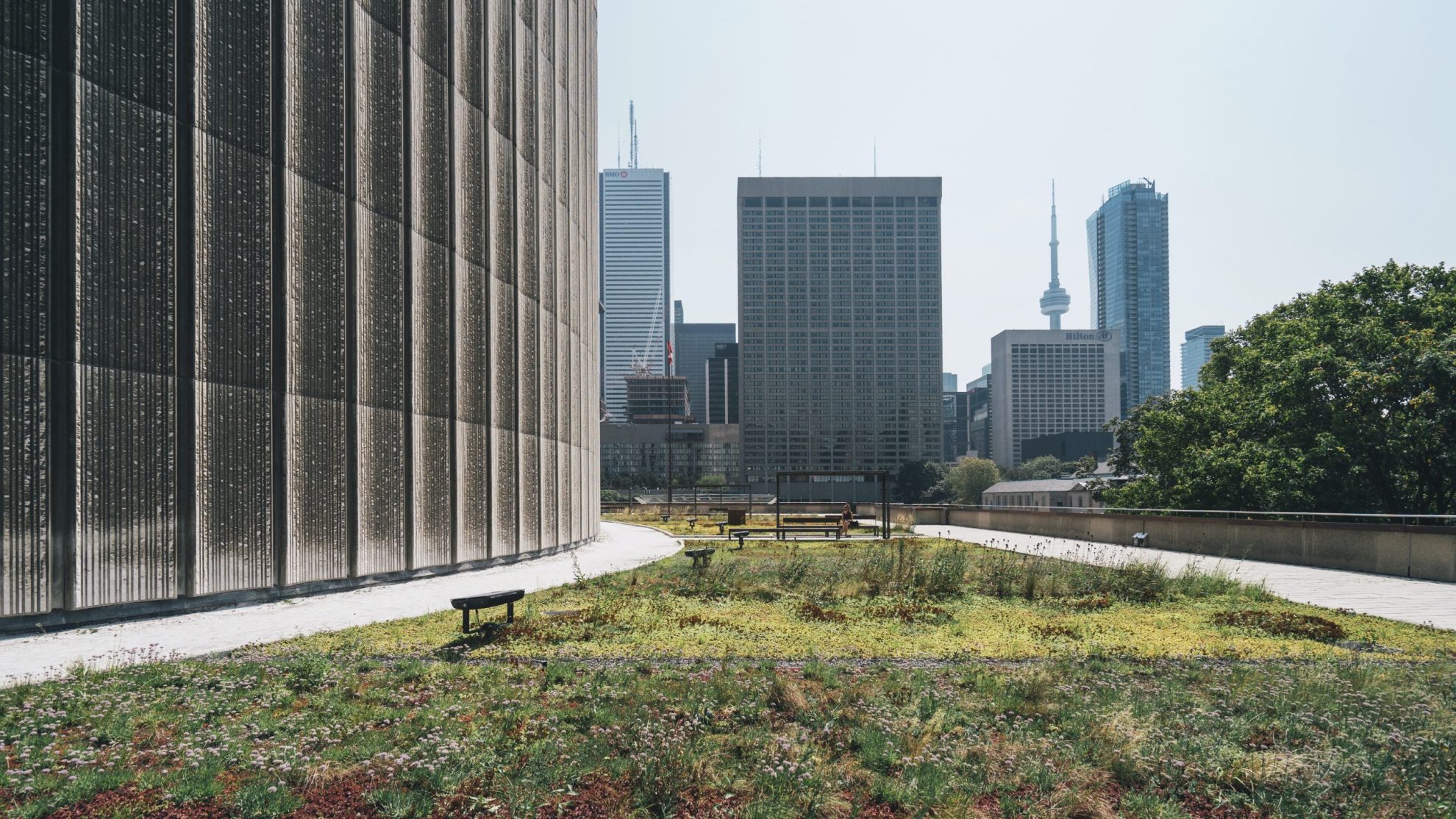Circular economy and sustainability

Insight from the research: Italian entrepreneurship. Successful trend analysis for the country’s economic recovery.
The crisis resulting from Covid19, with its massive disruption of supply chain systems, combined with the shortage of supplies of essential goods and the pressures on waste management systems, the volatility of prices in global commodity markets, has exponentially accelerated the transition to a circular economy, making this process increasingly urgent and necessary.
In this sense it should be emphasized that the dependence on the global market for the supply of raw materials is increasing all over the world. In fact, the expansion of commercial activities has to cope with a drastic decrease in producers of raw materials. To give an idea, in 2010, 30% percent of world economies provided the global supply of material resources, while 70% of all countries were direct importers. Over the past decade this trend has grown further.
In fact, natural capital is decreasing all over the world despite improvements in resource efficiency. Within this global scenario, Italy is a significant importer of all types of raw materials (with a dependence on international trade higher than the G20 average), which translates into greater dependence on foreign markets and, consequently, a great risk for the competitiveness of SMEs and, more generally, of the Italian industry.
Therefore, to remain competitive, we must move to alternative resource models that can really support our production networks and our competitiveness, improving resource efficiency. A possible alternative to the aforementioned scenario of chronic dependence of the Italian economy on foreign markets is represented by the circular economy which, in the last two years, has become the central element of the European Green Deal9, and of the post-European “green economic recovery” Covid19, the main element of the so-called “Mission 2: revolution and ecological transition” of the Italian Government’s National Recovery and Resilience Plan.
The circular economy is a production and consumption model that involves sharing, lending, reusing, repairing, reconditioning and recycling existing materials and products for as long as possible. The central part of the macro-context linked to the circular economy concerns the “reduction strategy”, which also includes the design of the products themselves.
A “sustainable design” in fact brings benefits to consumers, but also to businesses and the environment and also strengthens the competitiveness of products and economic systems. According to the study by McKinsey Quarterly (2020), “companies that excel in design increase revenue and economic returns for shareholders at almost double the rate of competitors who are less attentive to this factor”. McKinsey’s report also highlighted, however, that 90% of businesses are not reaching their full potential in design, in part due to a lack of corporate leadership with a long-term, sustainable vision.
The transition to a circular economy is neither immediate nor taken for granted but involves fundamental changes that include the ways in which we design, produce, deliver and maintain value in our economies. It is a radical change in the economic paradigm that, without a shadow of a doubt, will have a direct impact on every business and value chain.
SMEs must therefore be prepared for this latest challenge, being the natural partner of the circular economy. In this regard, it should be emphasized that many of these have already developed related activities.
The transition to a circular economy is therefore both a challenge and an opportunity that requires
New management practices and technological solutions to: improve the use of resources and make processes more sustainable; reduce food waste and food loss; transform waste and by-products into resources; integrate consumers in supporting circularity; implement traceability systems.
Moving from the linear “take-make-dispose” management model to the “reduce, reuse, recycle” one, that is a more complex and circular system of coordination of resources, which depends on the availability of numerous digital data regarding the characteristics and origins of materials; the conditions of supply; from packaging systems; from shipping systems; by social requirements; from the circularity and environmental sustainability index.




